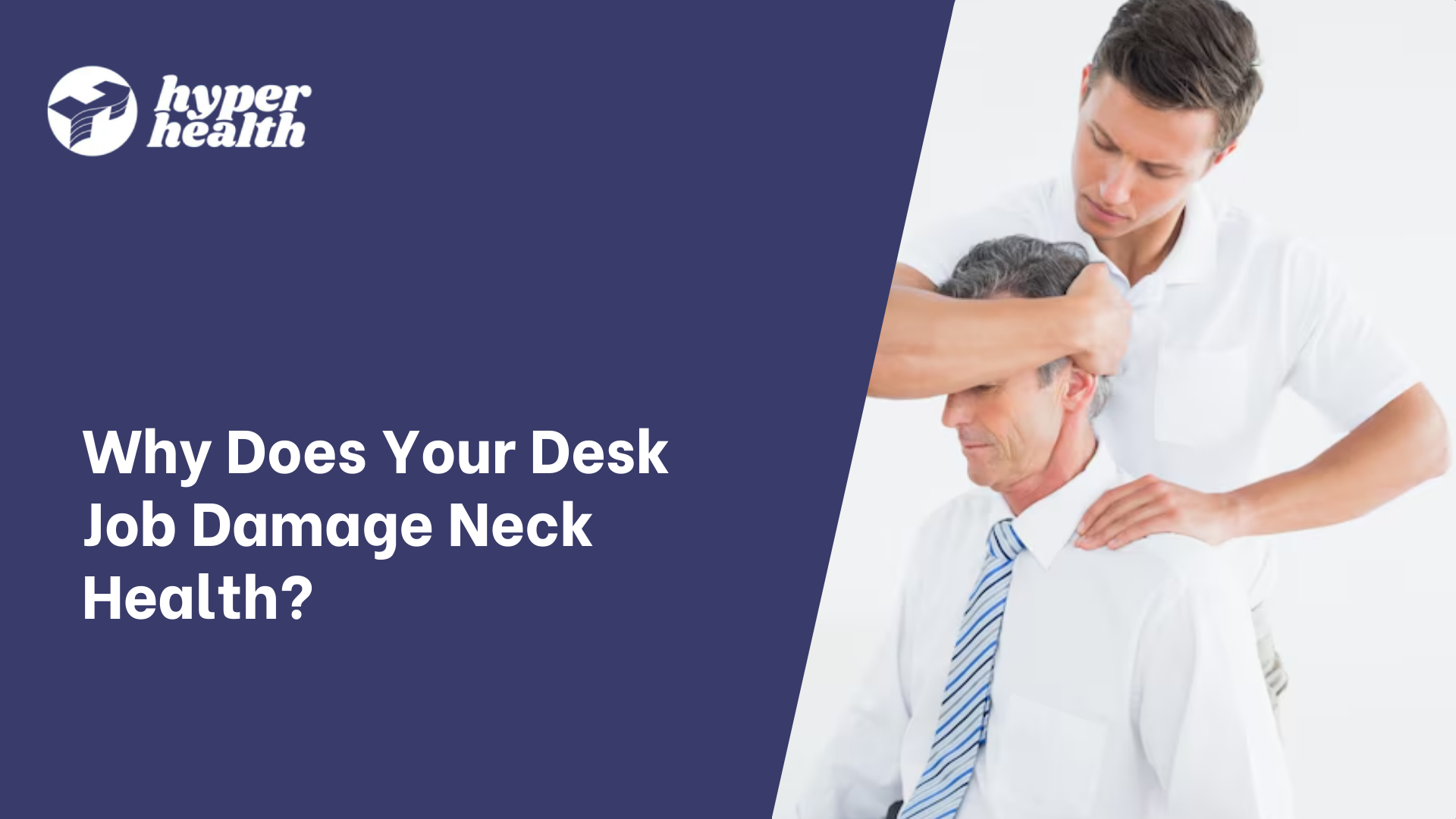There are many possible causes of jaw pain, but the most common cause is temporomandibular disorder (TMD). TMD is a condition that affects the muscles and joints that connect your lower jaw to your skull
Cameron Hemmert
April 8, 2023

There are many possible causes of jaw pain, but the most common cause is temporomandibular disorder (TMD). TMD is a condition that affects the muscles and joints that connect your lower jaw to your skull. It can be caused by a number of things, including teeth grinding, clenching, or gnashing; misaligned teeth; arthritis; stress; and injury. TMD usually occurs between the ages 20-50 and women are twice as likely than men to experience TMD (Bueno et al., 2018).
If you're experiencing jaw pain, it's important to see a medical professional to find out what's causing it and to rule out infection or conditions involving the teeth.

TMJ is the abbreviation of "temporomandibular joint", which is simply the name of the two bones that make up the joint (the temporal bone is a bone of the skull and the mandible is the name of the bottom jaw). Jaw pain is commonly (and incorrectly) referred to as TMJ, which is an acronym for the temporomandibular joint by itself.
The correct term is temporomandibular disorder (TMD), which refers to conditions that cause pain and affect the temporomandibular joint, as well as the surrounding muscles, ligaments and nerves.
There are a variety of symptoms that can be associated with jaw pain, and the severity of these symptoms can vary from person to person. Some common symptoms include:
– Pain in the jaw, face, or neck
– Clicking or popping sounds when moving the jaw
– Difficulty chewing or pain when chewing
– Pain when opening the mouth wide
– Lockjaw (jaw muscle spasm)
– A feeling of fatigue in the jaw muscles
(Liu & Steinkeler, 2013)

Treatment for TMD depends on the underlying cause, but if it is related to the biomechanics of the jaw it can be managed with physiotherapy. If you think you may have TMD, it’s important to seek advice from a medical professional like your dentist or physiotherapist so they can properly diagnose and treat the condition. In the meantime, there are some things you can do at home to help relieve symptoms, such as eating soft foods, avoiding chewing gum, and practicing relaxation techniques (Jinich-Diamant et al., 2020).
At Hyper Health our physiotherapists are trained to accurately assess and treat conditions of the jaw and will happily work in conjunction with your GP or dentist to give you the best outcome. If you have any questions then feel free to send us an email to find out more information and how we can assist your recovery.


Chiropractic care with same-day appointments and targeted spinal manipulation provides rapid relief for work-related neck pain. Understanding early signs of discomfort, such as limited range of motion, allows for early intervention and prevention of chronic conditions. Common office habits like poor posture can exacerbate symptoms, however, immediate treatment during work hours and ergonomic adjustments provide ongoing relief. Regular chiropractic assessments, coupled with mindful posture habits, help manage and prevent neck pain, promoting a healthy working environment.

Prolonged sitting and poor ergonomic habits at desk jobs can significantly impact neck health, leading to chronic pain. Regular breaks, proper workspace setup, and targeted exercises help maintain neck health. Professional treatments like physiotherapy and manual therapy can effectively address persistent neck pain.